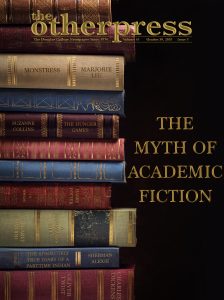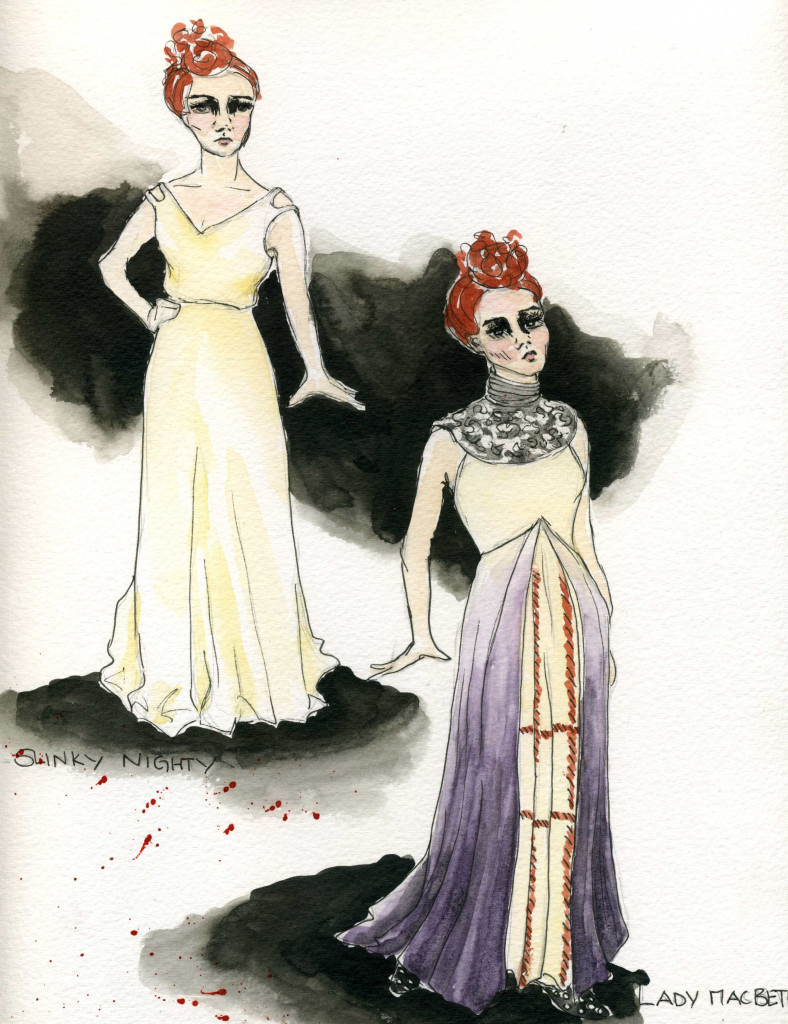
Breaking down perceptions of value in literature
By Brittney MacDonald, Life & Style Editor
I love reading. As a painfully shy child who grew into an, at times, depressive adult with high anxiety, there is a certain solace I find in books.
This adoration led me to pursue a degree in English literature, through which I was able to discover countless titles, genres, and authors I would have otherwise never been exposed to. However, as anyone who meets me soon comes to learn, I will read almost anything. Comic books, graphics novels, popular fiction, young adult, novels filled with highbrow symbolism, biographies, classical plays, trashy romance novels—if it’s on paper or available on Kindle, I’ll probably read it. This breadth has given me an impressive kaleidoscope of mental literary references because, to me, all of these varied works are of equal merit.
I look at and judge material by Marjorie Liu (Monstress, Black Widow Vol. 4, and Dark Wolverine #75) in the same way I would Salman Rushdie (Shame, The Satanic Verses, and The Golden House). I do not mean to say that I like all that I read, or that I believe that all of these creative works are at the same level in terms of ease of comprehension. I mean that I do not automatically dismiss a work of fiction simply because I believe it is beneath me. Though it sounds silly, you would be surprised how many people believe that they are too old or too well educated to stoop to reading popular fiction. I usually blame something I call the “myth of academic fiction” when this occurs.
What is “academic fiction”? It is the type of fiction you associate with having to study in school. Think titles by authors like William Shakespeare and George Orwell. These are the types of books that you imagine the stereotypical PhD graduate enjoying after a long day of debating whether or not the blue drapes in that one scene of that one highbrow book signify the author’s depression or their desire to be free of worldly possessions. They are the books that intimidate, terrify, or bore most of the general population. Somehow, over the course of the many years that the oral tradition of storytelling has been replaced by the written word, a little elitist idea formed that proclaimed popular fiction was the scum beneath the boot of the classical literary masters. However, I never subscribed to that belief—or maybe I did at some point but quickly thought better of it. Popular fiction is no more or less valuable than classical fiction. In fact, many literary classics have humble or common beginnings.
Charles Dickens, author of many exceptional works including A Tale of Two Cities, Oliver Twist, A Christmas Carol, and Great Expectations, is widely regarded as one of the greatest novelists to come out of the Victorian Age (1837 to 1901). However, during his time Dickens was not seen as some sophisticated wordsmith. Dickens pioneered the idea of story serialization because his novels began as excerpts published in magazines and newspapers. Only later were the pieces combined into novels. This is why a lot of Dickens’ work is often self-referential and at times repetitive—Dickens had to remind his original audience of what occurred in previous chapters because they were sometimes published, and subsequently read, months apart. These newspapers and magazines were not meant for high society, which would have been the educated public. Instead they were aimed at the working class, which made up the majority of the population. In short, they were popular fiction.
Similarly, William Shakespeare’s work was notoriously performed in his play company’s own Globe Theatre. One key feature of the Globe Theatre is that it accommodated everyone, from nobility and royalty to the peasant class—people who were usually illiterate. This was mostly due to the fact that theatre and performance went back and forth in terms of legality, thanks to both religious disagreements and fears of plague. The Globe thus couldn’t afford to turn away customers, so Shakespeare had to create plays that not only appealed to educated blue bloods but also to the uneducated masses. This makes works like Romeo and Juliet the very epitome of popular fiction long before they were ever the classroom staples that we now know them to be.
Despite all of this, these authors still advanced to be recognized beyond their popular fiction roots and categorized as classical masters. In other words, their work became “academic fiction.”
This begs the question: If popular literature can evolve into academic fiction, what changes to make it so? It has to be more than just time, since there are plenty of other novels and stories that fell by the wayside.
Part of the reason anyone studies literature is because it portrays ideas, concepts, feeling, and emotions in different ways. Radical or avant-garde theories or perceptions are suddenly given a solid form for us, the reader, to puzzle over and understand. It allows us to experience lives and points of view that we would normally never witness, let alone inhabit. Sometimes this is done consciously by the author and other times it is a product of their own unique perception. The author’s view or questioning of morality, their spiritual values, their critiques on the current economic situation—all of these things can seep into their creative work to colour it with their individual biases. It then becomes the job of the reader to unpack and recognize these well-dressed perceptions and biases.
In terms of popular fiction, both past and present, what makes it popular is often its relatability or its ability to portray the author’s intended message in a way that the general population can recognize and decrypt. As much as I love high fiction (literature that is more difficult to comprehend), it often fails in asserting itself to the public at large.
This difference in ease of comprehension does not change the fact that all creative works function this way—as a convoluted reflection of their creator’s point of view. To put a modern spin on it, The Hunger Games by Suzanne Collins is a massively successful series. However, it is not just a book about a girl winning a game or fighting in a revolution. It is a critique of society’s fascination with reality television and violence. It challenges how we give power to the media and our governing bodies by prioritizing our own comfort over educating ourselves regarding the world’s current social situations.
Learning to find these hidden messages in all fiction is the whole point of studying English literature. However, you do not need a degree to be able to recognize correlations, patterns, and themes within the genres of fiction you enjoy. Most of the time it comes down to historical context. The average reader will better be able to recognize these things in a modern book because the social context that the book was written in is the same context that the reader exists in, thereby making the parallels more apparent. This differs from a book or play written 50 years ago, where the context of the book is different than our contemporary situation. We then need to have knowledge of its historical context before we can fully recognize the parallels.
This precursory knowledge is what separates modern fiction from classical. Both Oliver Twist by Charles Dickens and The Absolutely True Diary of a Part-Time Indian by Sherman Alexie are social critiques—they’re just set and written at different times. However, because there is that need for historical context when it comes to outdated popular fiction, or “classical fiction” as most people call it, some people automatically think that these creative works are somehow better or more valuable. Age isn’t a signifier of wisdom; it is simply a number associated with time passing. Subsequently, eloquence or the use of more intermediate vocabulary aren’t signifiers of value either. Language is a tricky thing. Something can be written in mind-numbing legalese or it can be told to us using slang—just because you understand the legalese, does not mean you receive a different message.
All in all, “academic fiction” is not truly a genre. It is simply a means of identifying material that most people have a harder time comprehending. It is also no better or worse than popular literature. It is simply more respected because of a false sense of superiority. I think that superiority complex is what annoys me the most about individuals who tote their love of academic fiction. It reeks of exclusionary elitism, which annoys most people in general—this is why no one likes hipsters.
The notion that academic fiction is a distinguished genre, that it is appropriate content for the educated or more mature mind, is a myth. It is yet another social tool meant to scare us away from reading because of the off chance someone may look at the title of our book and judge us—when in truth, they’re too busy looking at their phones anyway. Read what you want, and if anyone tells you they love academic fiction, quietly laugh and know that they’re probably trying to impress you.


